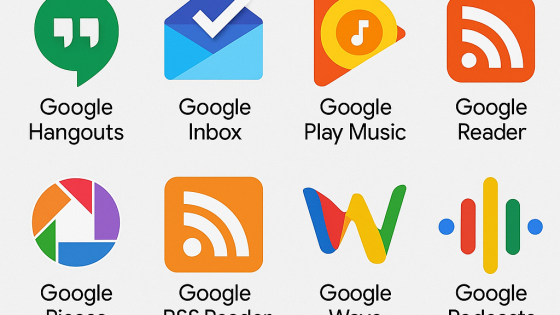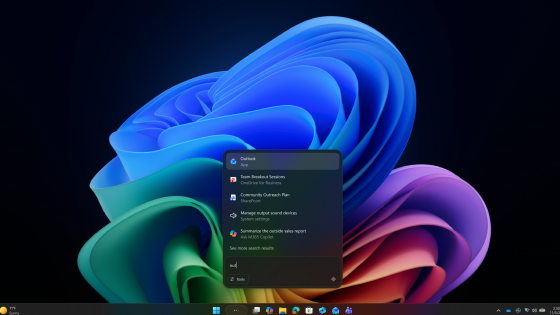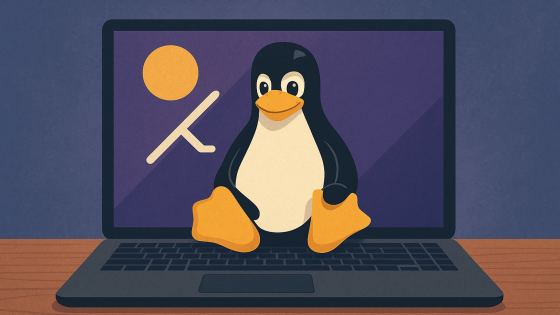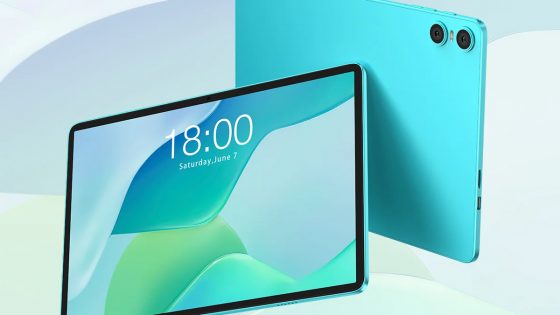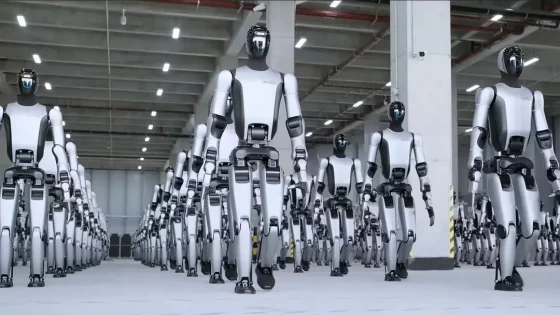A journey into the world of Linux: let's start at the beginning
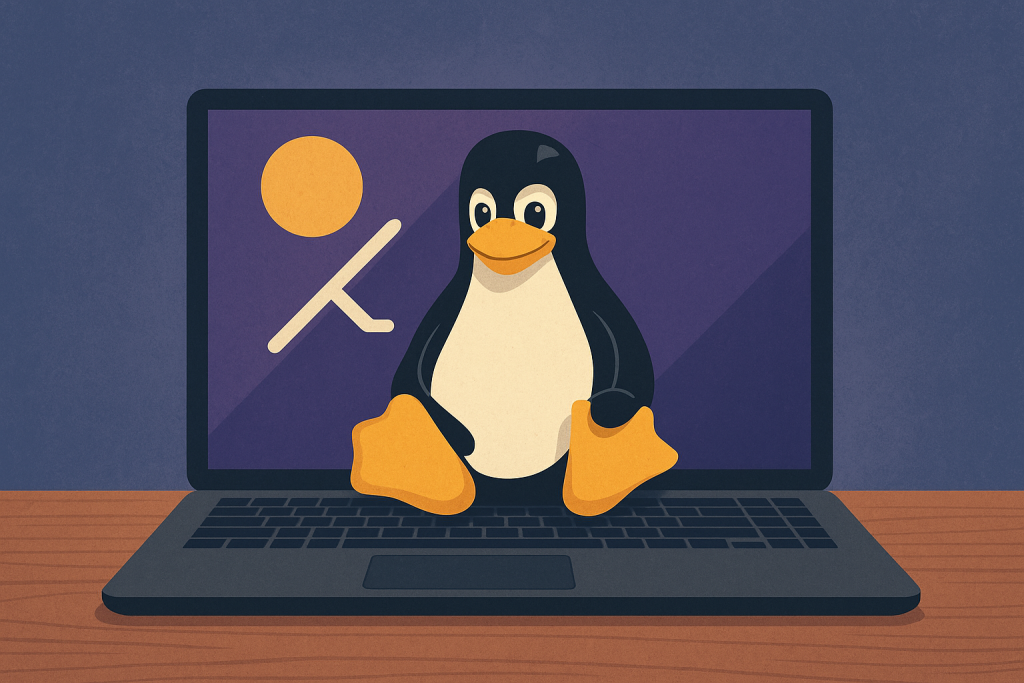
Thus begins the journey of many who sooner or later encounter Linux - a system that everyone talks about, but few truly understand.
Linux has a mysterious aura. It seems technical, complicated, intended for “computer wizards”. And yet… anyone who can surf the web, read instructions and is not afraid to try something new can work with it. Linux is an operating system, but also a philosophy about freedom, transparency and the feeling that the computer is working for you again and not the other way around.
What is Linux and what is it not?
Understanding what Linux is all about means knowing what's under the hood. First of all, Linux is not an app, and it's not an add-on to existing systems. At its core, it's the kernel, the heart that drives the entire ecosystem of operating systems. Everything you see—the desktop, the icons, the applications, the updates—is based on that same kernel. Nor is Linux an attempt to imitate Windows or macOS. It never was. It's a different path, more modular and more open. Some distributions may visually resemble other systems, but that's just a veil over a profoundly different architecture that allows for a level of control you don't get elsewhere.
If Linux was once considered a system for connoisseurs, today it is also attractive to ordinary users. Why? Because it quickly becomes clear that the system works more smoothly, more consistently and more predictably. Your computer does not stop because of updates invented somewhere far away. There are no sudden ads or telemetry. There is no feeling that the system is trying to convince you to buy something you do not need. Instead, you get a feeling of purity. Linux today offers an app store, modern desktops, fast startups and quiet, stable operation. All this without licenses, restrictions or payment barriers.
The History of Linux: From a Student Project to the Foundation of the Internet
To understand why Linux is such a special story today, we have to go back to 1991, when a 21-year-old computer science student in Finland, Linus Torvalds, posted a modest note on a Usenet message board. He wrote that he was developing a small, hobbyist operating system for his personal computer and that “it’s nothing big or professional.” He probably never dreamed at the time that his post would spark one of the biggest shifts in computing history.
Linus wanted to create a learning playground, an environment where he could understand how an operating system works. He drew on the philosophy of UNIX, a system that was technically excellent at the time, but extremely expensive and practically unaffordable for individuals. Linux was therefore a personal project, intended for exploration, not for reshaping the technological future.
But the key moment didn't happen when he wrote the code. It happened when Linus released his code under the GNU GPL, a license designed by Richard Stallman as part of the free software movement. The GPL made something revolutionary possible - anyone could use, modify, share, and improve the code, as long as it remained open to everyone.
This decision didn't just create an operating system. It created a community. Programmers, system administrators, and enthusiasts around the world began contributing patches, new ideas, better hardware support, drivers, desktop environments, and tools. The project, which started as a single student, began to grow unstoppably.
In just a few years, Linux has become the backbone of the Internet. Its reliability, stability, and transparency have made it ideal for servers where there are no surprises. When you open a website today, use a search engine, send an email, or watch a video, chances are good that Linux is behind it. Not Windows, not macOS – Linux.
At the same time, Linux has become the basis of countless projects, from supercomputers to Android, from network routers to IoT devices. Today's technological landscape would be simply unrecognizable without Linux.
But the best part of the story is something else. Linux is proof that an open community can push boundaries. The philosophy of “the best idea wins” has become the driving force behind development. In this world, no one can buy advantage or hide mistakes. The code is open, the discussion is public, and improvements are for the common good.
When a user installs Ubuntu, Mint, Fedora, Manjaro, or any of the younger players like Bazzite or CachyOS today, they are actually becoming part of a long story that began in a student dorm room and continues in data centers, laptops, and billions of devices around the world. Linux is not just a technical product, it is a cultural phenomenon.
And that's why Linux still has a special appeal today. It's not just about speed, stability, or privacy. It's about the feeling of collaborating with something bigger than an individual computer. The realization that software doesn't have to be closed, expensive, and locked down. It can be shared, refined by the contributions of thousands, and open to anyone who wants to understand its pulse.

Why are users returning to Linux?
Interestingly, it's not just the curious who are returning to Linux, but also those who tried it years ago and gave up on it. Today, they have a different impression. The system has matured, grown up, and become user-friendly. Many return because they want to feel in control again. Others simply because their computer runs better with Linux, even if it's a decade old. And some simply because they like the idea of the system not interfering with their decisions. Once you get to know the quiet, logical nature of Linux, it's hard to go back.
One Hundred and One Linux Distributions – Which Are the Most Popular and What Are They for?
This diversity of Linux is best shown in its distributions, or countless versions of the same foundation, each with its own personality.
Ubuntu is so recognizable because it is simple, widely supported, and aimed at anyone who wants a reliable system that works right out of the box. Linux Mint is popular with newcomers primarily because it feels “at home.” It is neat, friendly, with a clear desktop that anyone who has ever used Windows will understand.
Fedora, on the other hand, is a laboratory experiment, a system that is among the first to test technologies that will shape the future. Debian, on the other hand, is a kind of granite pillar of stability. It is used wherever reliability is more important than glitter.
In recent years, new distributions have also emerged that target a specific experience. Bazzite, based on Fedora, is popular among gamers and modern desktop users. It offers excellent support for Steam, emulation, and hardware, and makes Linux as a gaming platform no longer feel exotic. It is the best approximation to SteamOS, which, as many know, is most responsible (besides Proton) for such a rapid development of gaming on Linux distributions.
Tuxedo OS is interesting because it was born from the needs of a hardware manufacturer. TUXEDO Computers develops its own distribution, optimized for their sophisticated laptop and desktop equipment. The system is extremely stable, attractive and full of little things that you only notice in everyday use. It is also the distribution that I am currently actively using.
CachyOS, however, comes from a world where optimization is paramount. It is based on Arch and is designed for those who want their system to take advantage of every drop of processor performance. Its focus is on speed, responsiveness, and an extremely modern configuration.
Each distribution has its own unique character. One is friendly, another is experimental, a third is robust, a fourth is elegant, and a fifth is lightning fast. This is a luxury that no other ecosystem offers. No matter what kind of user you are, what you like to do on your computer, what features/programs you need, there are tons of distributions available and at least one is sure to meet your needs.
In the following articles, I will decipher this diversity step by step. We will go from explaining basic concepts to the first successful installation of the system, from choosing the right distribution for a beginner to preparing a USB stick, from understanding the file structure to the first commands, from customizing the desktop to solving problems that await every new user.
The purpose of this is not to put Linux on the throne, but to show that Linux can be an easy to understand, useful, and surprisingly enjoyable environment if you give it a chance.





